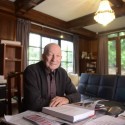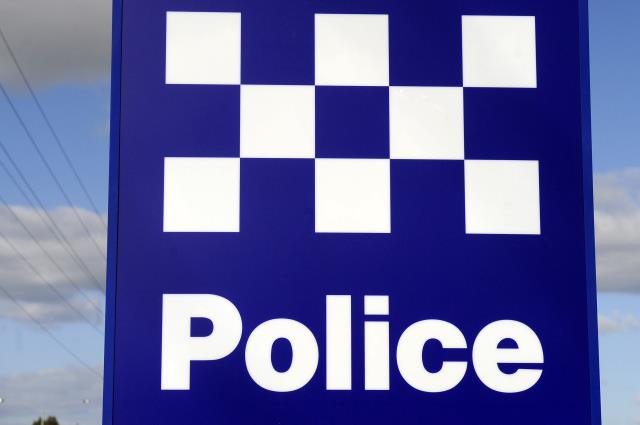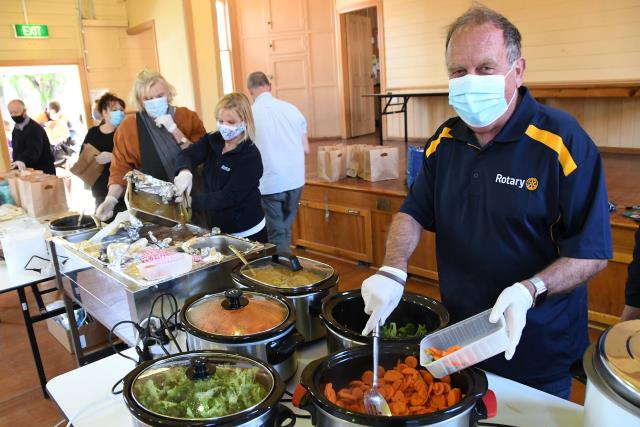Jack Johnson is the author of When The Clock Strikes, a fascinating account of growing up in Dandenong, his years tending to the city’s pipes and drains as a plumber and bringing up a family with wife Frances in their beloved home in Macpherson Street.
IN 1936 we watched Dr Hart’s home Benga being built on land in McCrae Street.
That land backed onto Laurel Lodge in Langhorne Street.
It was the only vacant piece of land remaining in the block bounded by McCrae, Langhorne, Foster and Wilson streets and an area originally referred to as Church Hill because it contained St James Anglican Church, St Mary’s Catholic Church and on the corner of Foster Street and Langhorne Street opposite St Mary’s original church, the Presbyterian (Scott’s) Church.
The front of the brick Presbyterian Church faced Langhorne Street.
A weatherboard hall ran across the back of the church and was entered from Foster Street.
The church tennis courts were on the corner of Foster Street and Pultney Street and the tiled-roof weatherboard manse sat on the hillside next to the tennis courts in Pultney Street facing the park.
Today the whole area where the brick church, the hall and the tennis courts were now contains the new Metropolitan Law Courts.
The only other house between the manse and the unmade end of Wilson Street was a timber house set high on the grassy-banked track of Pultney Street.
It was a mixture in style between Victorian and Georgian with later additions of Federation.
It had a long corner verandah, an iron roof and fancy rendered chimneys and similar columns along the verandah.
Miss Taylor and her sister lived there. The front wire fence was completely engulfed by a variegated privet hedge.
We found that house to be a good place to flog school raffle and concert tickets and we were often sent there by the nuns to get bunches of Easter daisies for decorating St Mary’s Church for the Easter ceremonies.
The rest of the land in Pultney Street east of Foster Street was vacant and adjoined the police property in Wilson and Langhorne streets.
On the angled corner of Pultney Street, facing into Lonsdale Street, was the grocery shop of Mr Evans, one of the first places we would go for tobacco for dad and Uncle Gordon.
Next door to Mr Evans was Kelly’s motor and carriage paint shop.
Kelly’s carried out the painting and sign writing on vehicles from the coachbuilders in Walker Street across from the town hall.
They were skilled and their scroll work and signage on the carriages and wagons was a work of art.
Today we would call them commercial artists or graphic designers.
I think there was originally a bootmaker in one of those shops on that corner which may have been part of the remains of Cobb and Co.
The open brick drain had gone through part of their property.
On the Wilson Street end of the block that made up the area called Church Hill was the St James Anglican Church built in 1864.
Along with its associated buildings, it still remains today, plus a memorial porch which was added after World War II.
Of the three churches on this block called Church Hill, St James is the only original one.
In 1857, seven years before the erection of St James Church, a fence was erected around the three acres on the opposite corner of Langhorne and Wilson streets on which the original police camp was pitched.
A short time later a timber building was erected which included officers’ quarters, a watch-house and a lean-to used as a stable.
When we were kids the police station was still a weatherboard building and the home of the police sergeant.
The two-storey brick one came later. To the left of the police station stood the old handmade brick jail, stables and loft which still remain today and are heritage-listed.
On the end of the loft gable is a wooden door with a large beam cantilevered out from the wall above it.
On this beam hung a hook and pulley for hauling bales of straw and bags of chaff and oats into the loft storage area.
It was on this beam the big kids told us they hung crooks.







